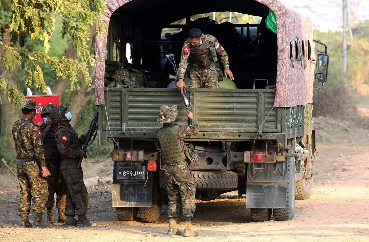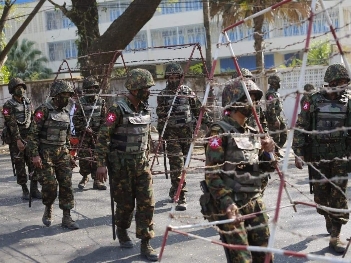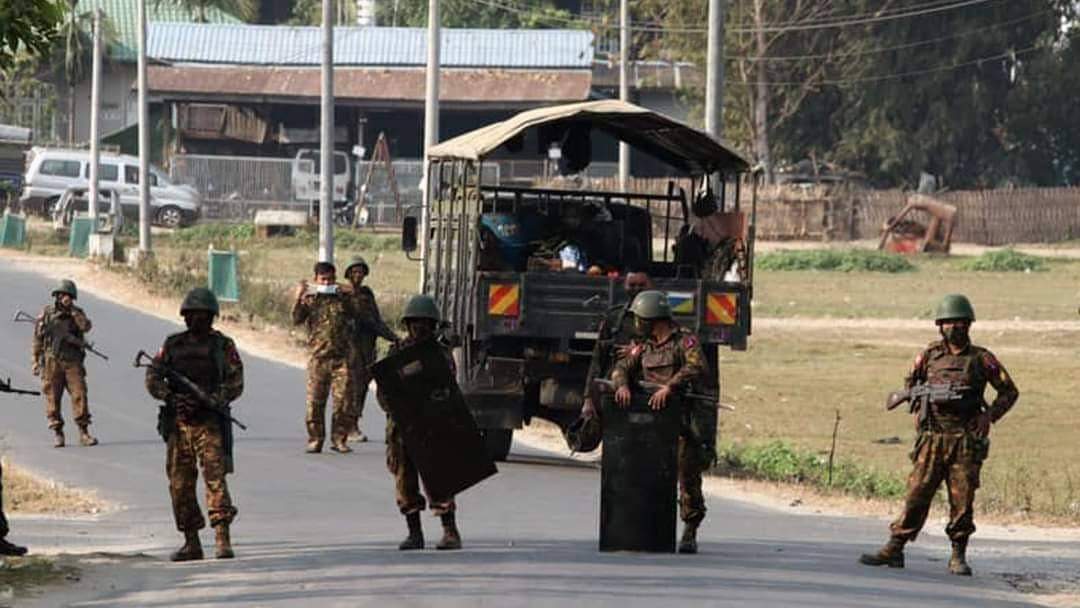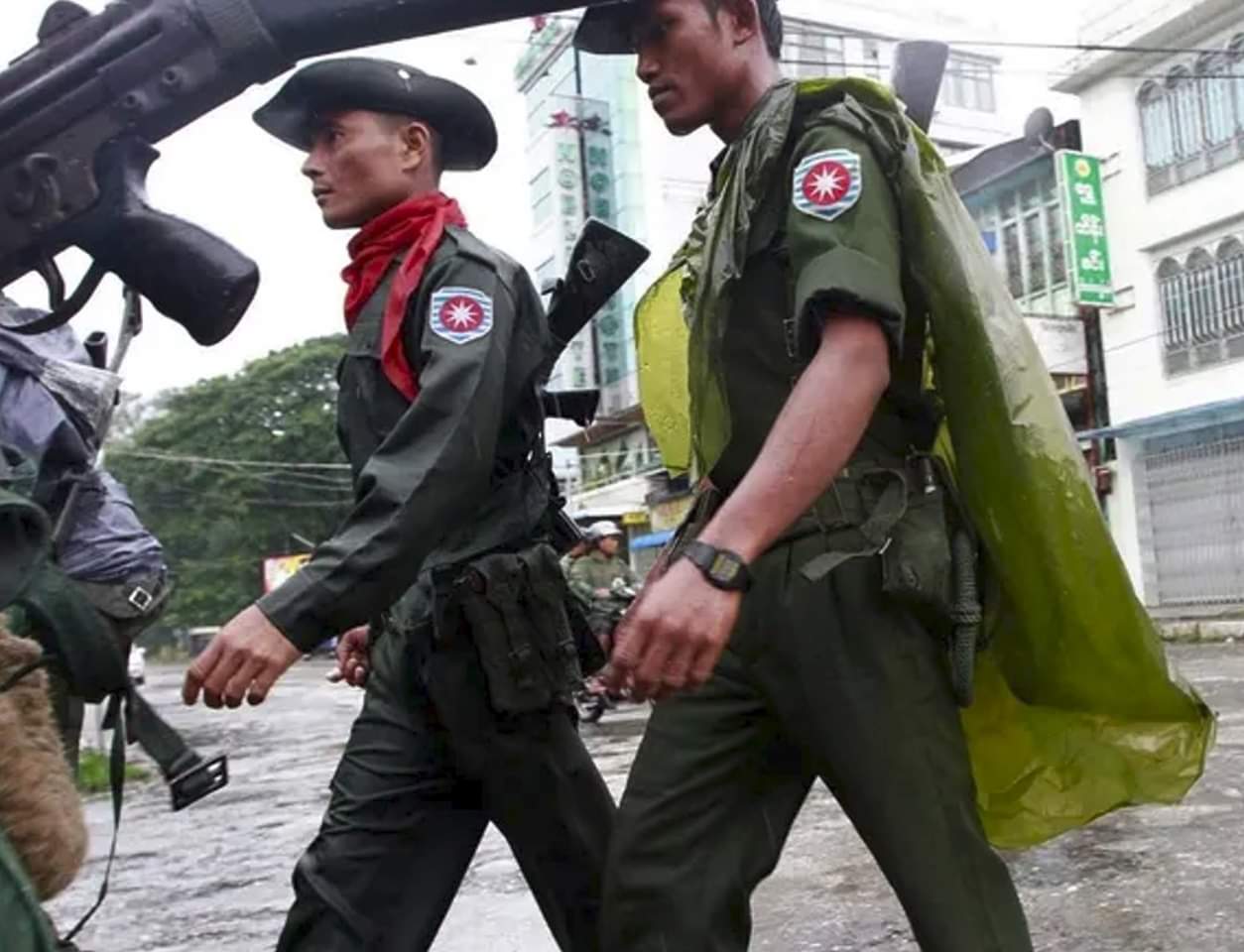
Determining the right number of clusters in unsupervised learning, particularly for clustering algorithms like K-Means, is a common challenge.
An appropriate number of clusters is crucial for achieving meaningful and interpretable results. Here are several techniques and methods to help determine the optimal number of clusters:









### 1. **Elbow Method**
The Elbow Method involves calculating the inertia (sum of squared distances from each point to its assigned center) for different values of \( k \) (number of clusters). By plotting \( k \) against the inertia, you can identify the “elbow” point of the curve, which indicates an optimal number of clusters. The idea is that as the number of clusters increases, the variance within each cluster decreases, but after a certain point (the elbow), the benefit of adding more clusters diminishes.
### Steps:
– Run the clustering algorithm for a range of \( k \) values (e.g., from 1 to 10).
– Record the inertia for each \( k \).
– Plot the results and look for the elbow point where the rate of decrease sharply changes.
### 2. **Silhouette Score**
Silhouette Score measures how similar an object is to its own cluster compared to other clusters. The value ranges from -1 to +1, where a score close to +1 indicates that the points are well matched to their own cluster and poorly matched to neighboring clusters. You can compute the silhouette score for various \( k \) values and choose the one with the highest score.
### Steps:
– For each \( k \):
– Perform clustering.
– Calculate the silhouette score.
– Plot the silhouette scores against \( k \) and find the maximum.
### 3. **Gap Statistic**
The Gap Statistic compares the performance of the clustering algorithm on the given data with its performance on a reference dataset (usually generated from a uniform distribution). A larger gap statistic indicates a better clustering solution.
### Steps:
– For each \( k \):
– Perform clustering on the original dataset.
– Create an artificial reference dataset and perform clustering on it.
– Calculate the gap statistic and compare it across different \( k \) values.
### 4. **Cross-Validation**
While traditionally more associated with supervised learning, validation techniques can also be applied to unsupervised learning to evaluate the stability of the clusters. You can use a subset of your data to generate clusters and then apply those clusters back to the full dataset, assessing how well the clusters generalize.
### 5. **Davies-Bouldin Index**
This index evaluates the quality of clustering by measuring the average similarity ratio of each cluster with the one that is most similar to it. A lower Davies-Bouldin index indicates better clustering.
### Steps:
– Compute the Davies-Bouldin index for various \( k \) values.
– Select the \( k \) that minimizes the index.
### 6. **Dendrogram from Hierarchical Clustering**
If you use hierarchical clustering, a dendrogram can help visualize and decide on the number of clusters. By cutting the dendrogram at a certain height, you can determine how many clusters to form.
### 7. **Domain Knowledge**
Finally, leveraging domain expertise can provide insights into a reasonable number of clusters. If the clusters need to correspond to specific categories or classes recognized in the field of interest, this can help guide the decision.
### Conclusion
Determining the right number of clusters is often a balance of quantitative analysis and qualitative judgment. It’s beneficial to use a combination of these methods to reach a more robust decision. Moreover, varying the approach and validating the chosen clusters on both the current dataset and new datasets can provide further assurance about the effectiveness of the decision.


Leave a Reply